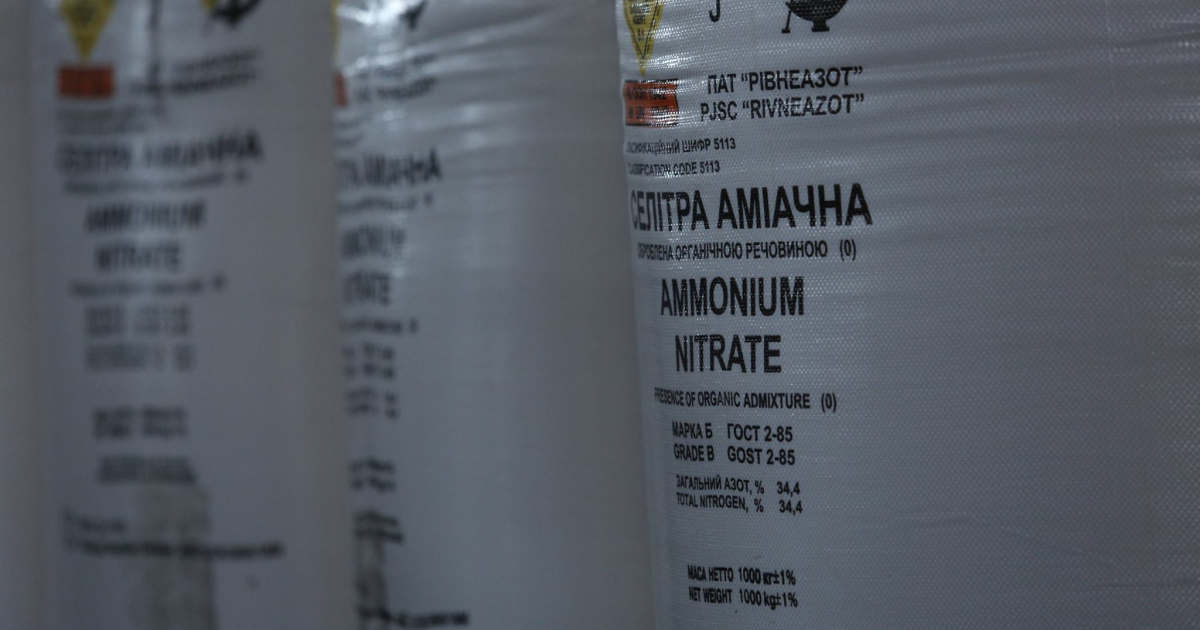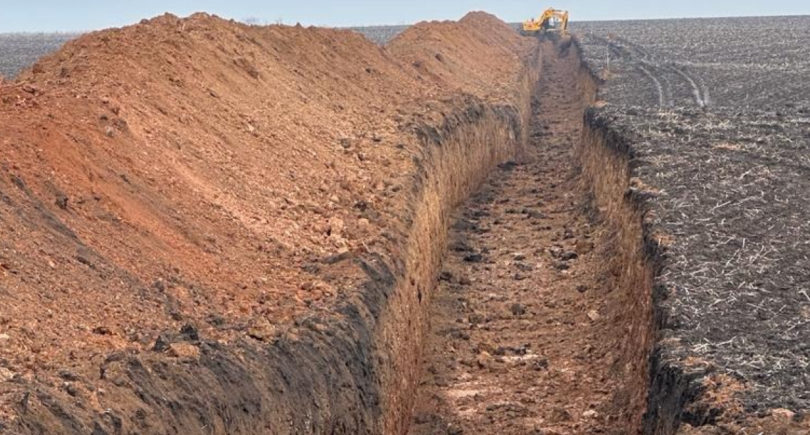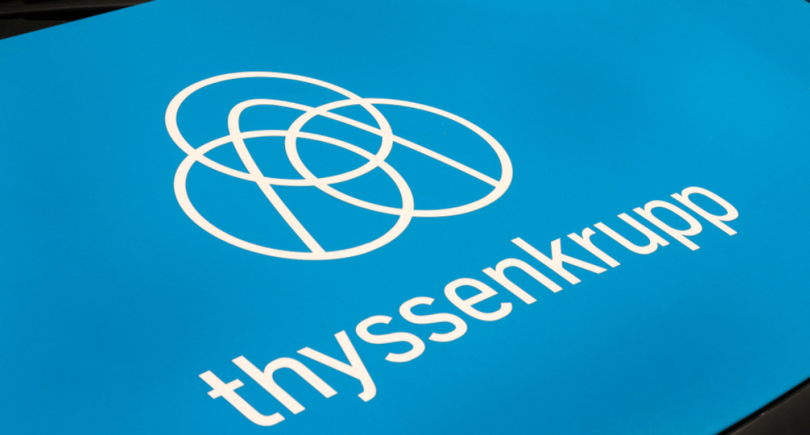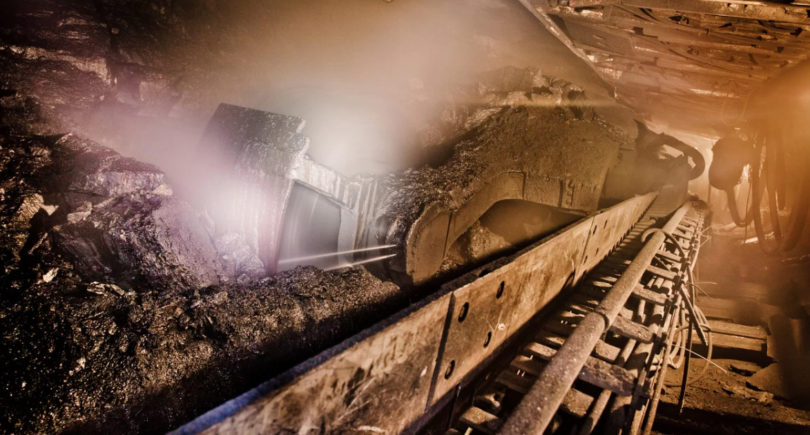
After the fall in 2022, Ukrainian chemical plants are restoring production volumes
In 2023, OSTCHEM nitrogen holding (part of Group DF) increased its mineral fertilizer production by 19.5% compared to 2022, to 2.1 million tons. After a decline in 2022, Ukrainian chemical plants are restoring production volumes. This was reported to GMK Center by the press service of Group DF.
Last year, Cherkasy Azot produced 1.56 million tons of mineral fertilizers, up 39.6% y/y, and Rivne Azot produced 528 thousand tons (-10.8% y/y). Urea, UAN and ammonium nitrate were the key fertilizers produced by OSTCHEM.
The Group produced 835.9 thousand tons of ammonium nitrate (+60.5% y/y), 572.7 thousand tons of UAN (+130% y/y), and 447.1 thousand tons of urea (+145% y/y). Production volumes of the traditionally exported fertilizer UAN (produced at Rivne Azot) halved to 102 thousand tons.
«The fertilizer market is recovering, but imports of nitrogen fertilizers have increased significantly and do not allow us to fully utilize our plants. Despite the difficult situation in the agricultural sector, forced shutdowns of plants due to military operations, still high gas prices and abnormally high volumes of imports to Ukraine at dumping prices, OSTCHEM started to restore production in 2023. We fully covered the demand from farmers even during peak periods,» said Serhiy Pavliuchuk, CEO of OSTCHEM.
Last year, OSTCHEM doubled its production of UAN, the most promising fertilizer in Ukraine. UAN was ranked second in terms of production volumes, and its share in the company’s product portfolio was 27.3%.
«It’s no secret that we are negotiating with global players regarding the development of several industrial sites. Our strategic plans include the construction of new workshops and factories. We are talking about investments in new, energy-efficient production of fertilizers, as well as the launch of production of new products, such as AdBlue, industrial gases, petrochemical products,» Pavlyuchuk adds.
A feature for the industry in 2023 was a critical volume of imports at dumped prices. Compared to 2022, the import of mineral fertilizers to Ukraine increased by 1.9 times, reaching 1.99 million tons.
«A huge flow of cheap Belarusian and Russian fertilizers enters Ukraine through two channels: the first is from the former Soviet Union countries friendly to the aggressor. The second new channel is the re-export of Belarusian and Russian fertilizers from the EU. According to Eurostat, the total volume of nitrogen fertilizer imports to the EU increased by 34% in 2022-2023, with Russia accounting for about a third of these imports. Despite the sanctions, a significant portion of these fertilizers also ends up in Ukraine, slowly “killing” Ukrainian producers and Ukrainian jobs,» comments Oleg Arestarkhov, head of corporate communications at Group DF.
As GMK Center reported earlier, Group DF’s titanium business reduced production of ilmenite concentrate by 78.8% year-on-year – to 22.1 kt in 2023. Ilmenite ore production last year amounted to 307 thousand cubic meters, down 82.9% compared to 2022.
OSTCHEM is Group DF’s nitrogen holding, which unites the largest mineral fertilizer producers in Ukraine. It includes Rivne Azot, Cherkasy Azot, as well as Severodonetsk Azot and Stirol (which are not operating and are located in the occupied territories).



